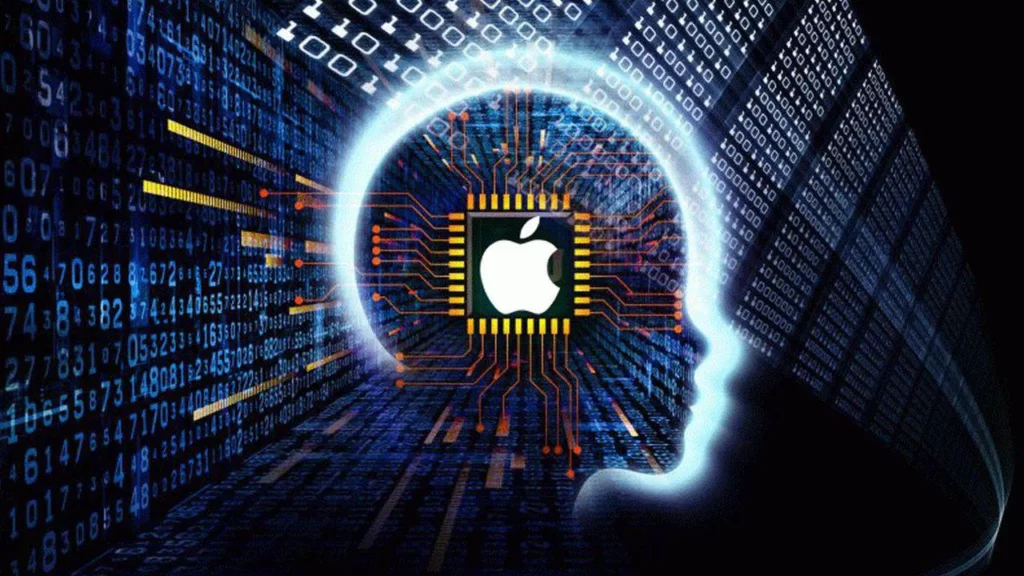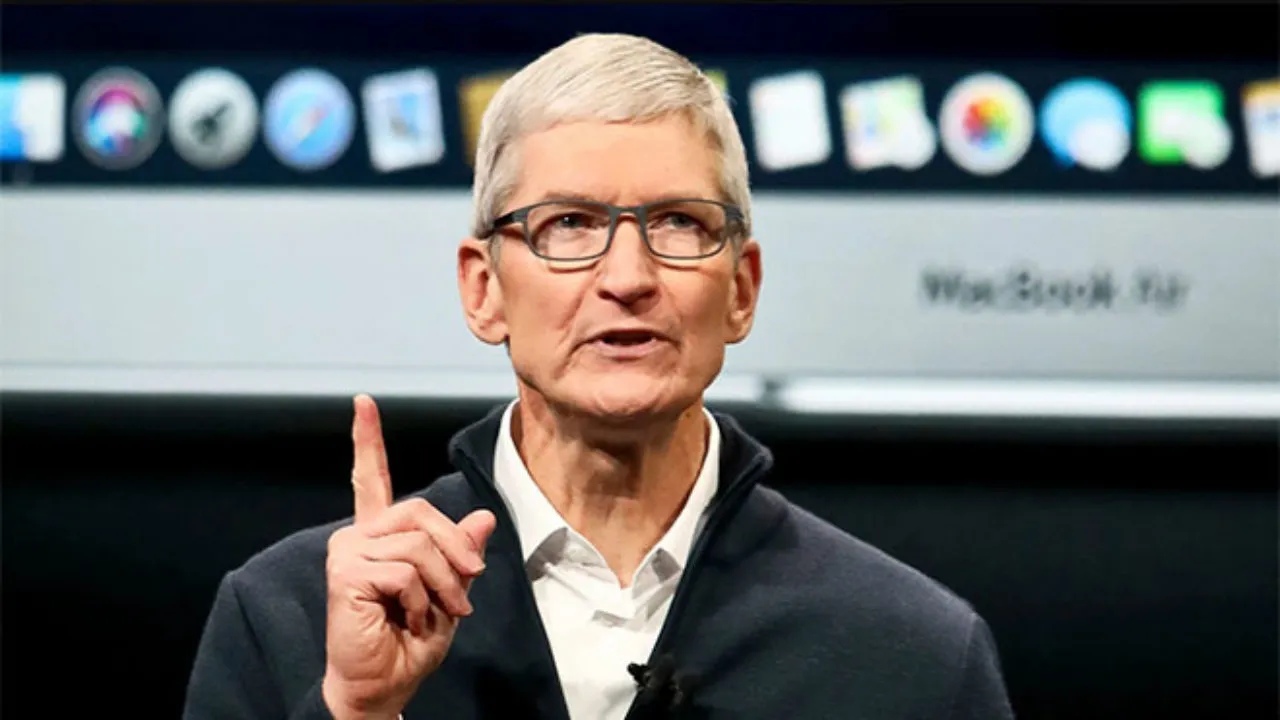Apple AI investments are about to expand dramatically. Speaking during the company’s latest earnings call, Tim Cook said Apple will boost funding across its AI projects, with a clear emphasis on integrating smarter tools directly into hardware and software.
Apple AI investments tied to long‑term strategy

Cook made it clear that AI isn’t a side project. Apple AI investments will stretch across the product line, from iPhone and Mac to services like iCloud. The idea is less about flashy demos and more about embedding practical AI into everyday experiences. This aligns with Apple’s long record of making technology invisible present but never overwhelming.
How Cook frames the spending shift
Cook described AI spending as a natural evolution of Apple’s R&D. Instead of chasing headline‑grabbing experiments, Apple wants AI that improves user privacy, accessibility, and efficiency. Compared to rivals racing for scale, Cook positioned Apple’s AI push as deliberate, saying the company will grow investments while staying true to its design philosophy.
Apple AI investments could reshape competition
More spending means Apple will compete more directly with Google, Microsoft, and OpenAI. Those companies have poured billions into training massive models. Apple’s move signals it won’t be left behind. Analysts expect the company to lean heavily on its in‑house silicon to train and deploy models efficiently, giving it an edge in device‑level intelligence.
What users might actually notice
So far, Apple has shipped features like smarter text predictions, photo recognition, and accessibility tools. With more money flowing into AI, users could see devices that anticipate needs faster, integrate better across apps, and offer tighter personalization. The company is betting that subtle, helpful improvements will matter more than headline‑grabbing AI chatbots.
A slow burn rather than a quick sprint
Apple AI investments won’t deliver an overnight transformation. Cook hinted at steady, rolling improvements rather than one big reveal. That measured approach may frustrate investors chasing immediate AI hype, but it fits Apple’s pattern incremental changes that stack into game‑shifting shifts. If Cook’s read is right, Apple’s version of AI won’t feel artificial at all.














